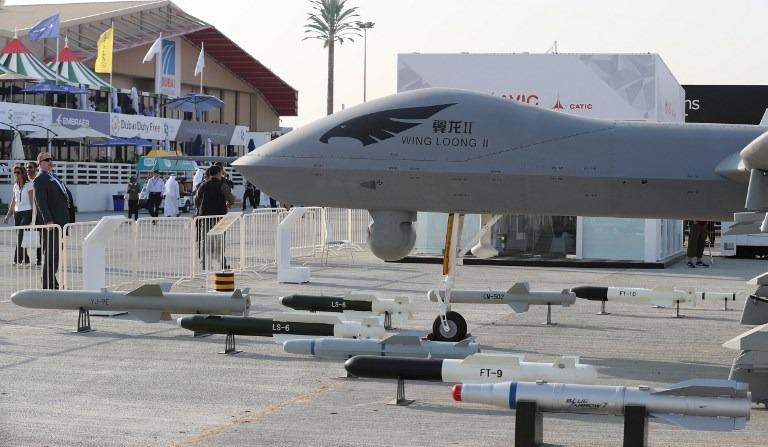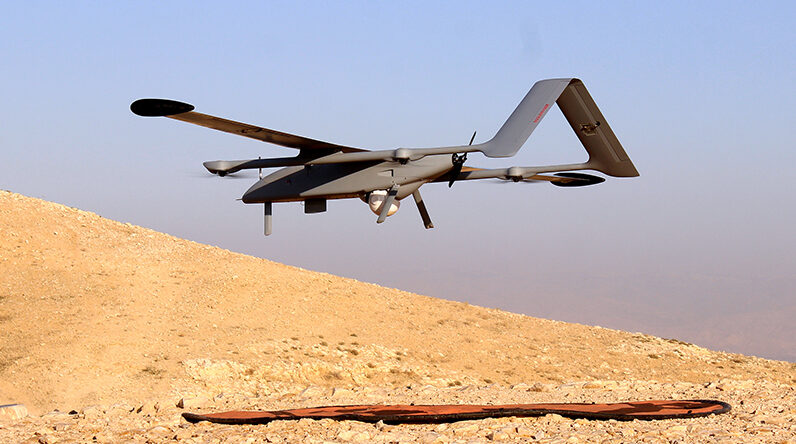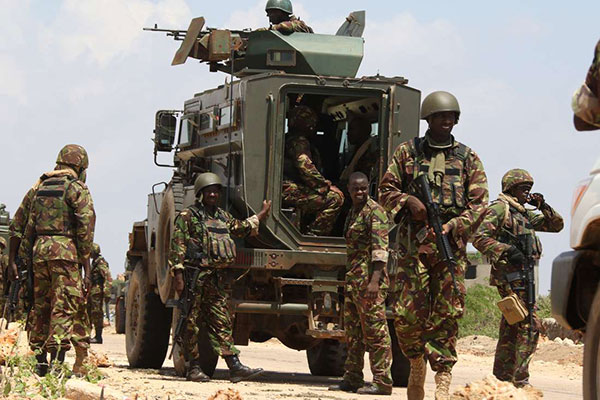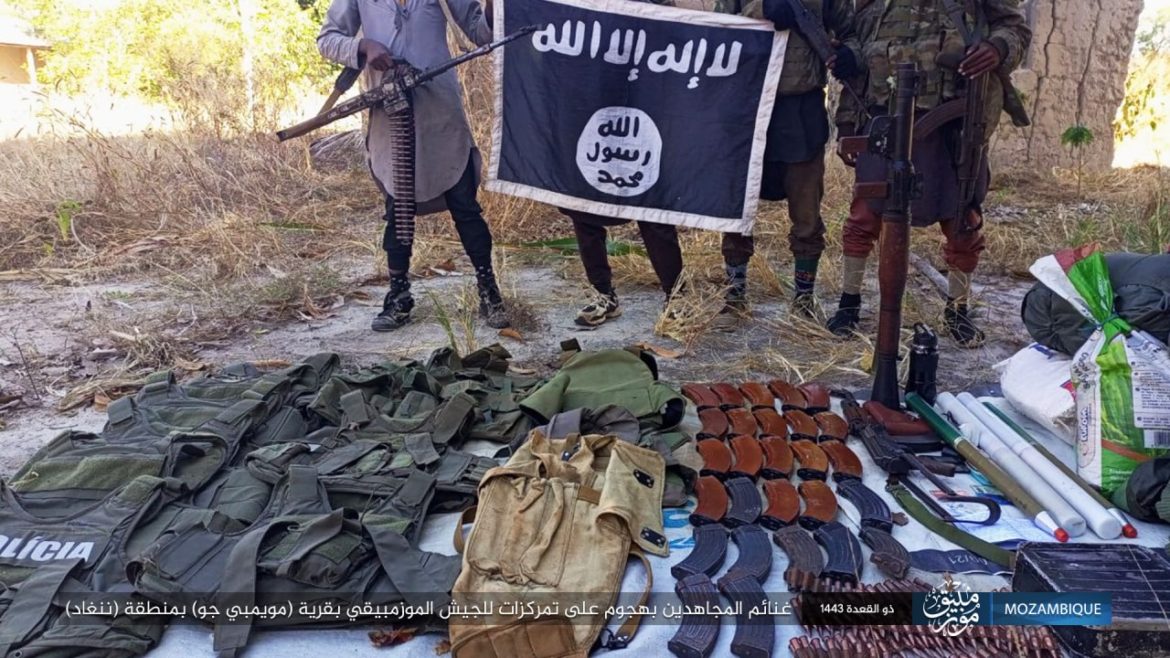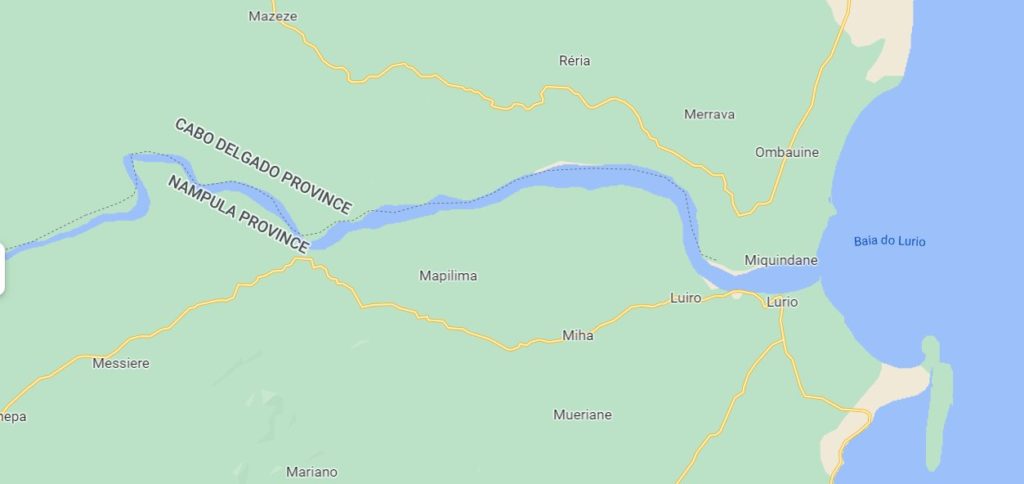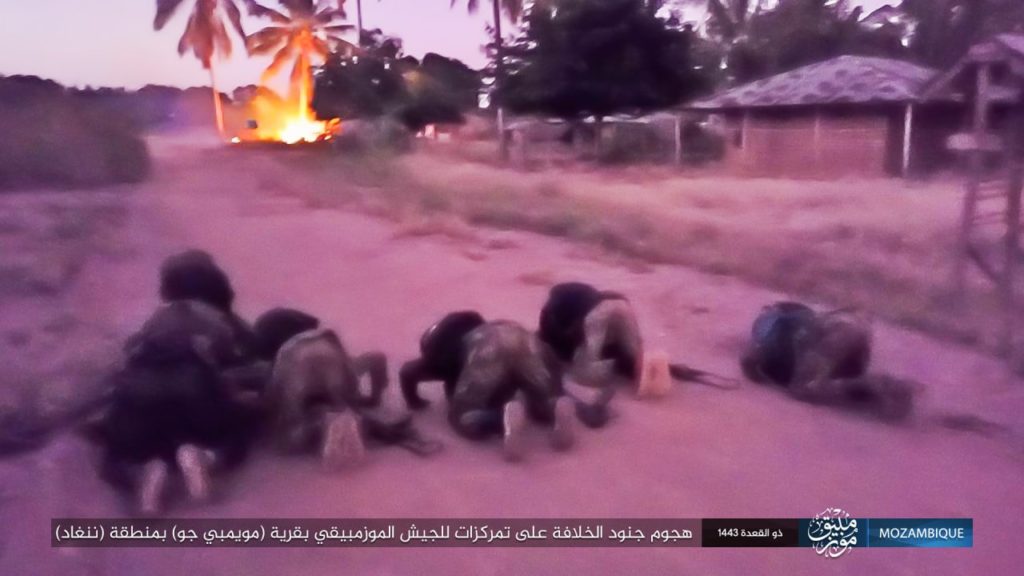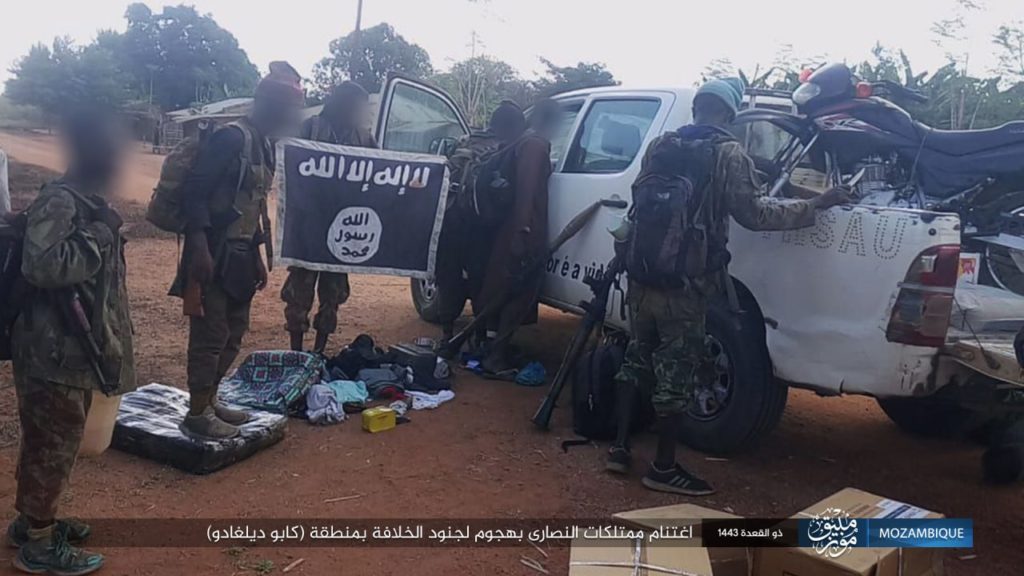A huge explosion went off this morning in the Somali capital, Mogadishu, hardly a day after another blast brought down a hotel hosting government officials in Jowhar, Hir-Shabelle state.
The explosion, which reverberated across several neighbourhoods in Banadir region, took place in Ali-kamin neighbourhood of Warta-Nabada district in Banadir region.
Initial reports indicate that the explosion targeted ATMIS troops who were travelling along the Ali Kamin intersection in the Wartanabad district of Banadir region.
Eyewitnesses said a remote controlled landmine hit one of the army’s vehicles resulting in casualties, although no independent body has yet confirmed the claims.
The AU troops are said to have responded with an artillery of fire immediately the explosion went off and later proceeded with their journey after calm was restored.
.In a similar news, The Somali Federal government on Sunday evening airlifted some of the victims who were wounded in the Jowhar bomb attack to Mogadishu for further medical treatment.
A Somali government delegation led by the Minister of Humanitarian Affairs and Disaster Management Khadija Mohamed Diriye was at standby to receive the victims at the Aden Abdullahi airport.
According to the region’s State president Ali Gudlawe, three people, a soldier and two civilians were killed and 7 others including two regional ministers were wounded in the Sunday terror attack.
HirShabelle spokesperson, Da’ud Haji Irro said that the regional Minister of Women and Health was among those wounded in yesterday’s explosion.
A truck loaded with explosives was driven into a hotel known as Nur Dob, usually frequented by Hirshabelle State government officials.
Al-Shabaab claimed responsibility for the attack, saying they had targeted the hotel where the region’s senior officials were staying.



